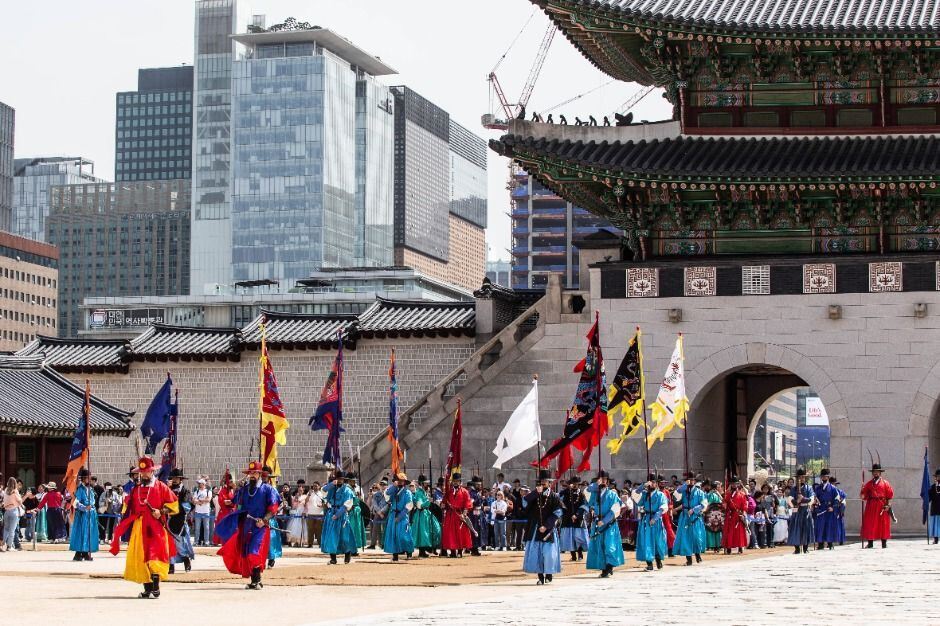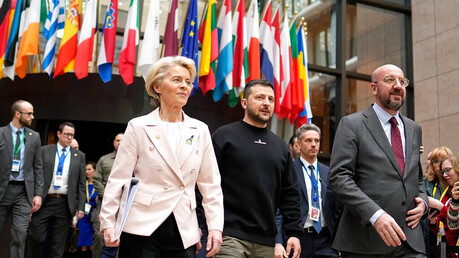
Seoul - South Korea's major cultural heritage sites, including the Four Grand Palaces in Seoul (Gyeongbokgung, Changdeokgung, Deoksugung, and Changgyeonggung), along with Jongmyo Shrine and the Joseon Royal Tombs, have opened their gates for free, offering a rich array of traditional experiences during the extended Chuseok (Korean Thanksgiving) holiday. The free admission period, running from October 3rd (Gaecheonjeol/National Foundation Day) through October 9th, allows visitors to immerse themselves in the nation's history and heritage.
The Chuseok holiday this year extends into a long break, combining Gaecheonjeol (Oct 3rd, Friday), the weekend (Oct 4th-5th), Chuseok (Oct 6th, Monday), the following day (Oct 7th, Tuesday), the substitute holiday (Oct 8th, Wednesday), and Hangeul Day (Oct 9th, Thursday).
Warm Welcome and Special Events at the Palaces
The celebratory mood began early, with the head of the National Heritage Administration (NHA), Heo Min, personally greeting visitors at Gyeongbokgung Palace on the first day of the holiday. Wearing a pink hanbok (traditional Korean attire), Administrator Heo welcomed the "first guest," an Australian tourist, and presented a perfume inspired by the royal plum tree. He was joined by French TV personality Fabien in distributing souvenir fans shaped like a gat (traditional Korean hat) and guidebooks, encouraging appreciation for Korean cultural assets.
The palaces and Jongmyo Shrine will remain open until October 12th to accommodate the Autumn Royal Culture Festival, which begins towards the end of the holiday (October 8th-12th). Note: Changdeokgung's Huwon (Secret Garden) requires a paid reservation even during this period.
A Deeper Dive into History and Heritage
Visitors can explore various historical exhibits and newly renovated areas:
Changgyeonggung Palace's Jipbokheon Hall features a permanent exhibition detailing the palace's 600-year history, from its origin as Sugung Palace built by King Sejong to the era of the Japanese occupation. It also displays reproductions of the final Crown Princess Yeongchin's royal attire.
Jongmyo Shrine's Jeongjeon (Main Hall), the central structure for ancestral rites, is open to the public without the usual reservation requirement, following a five-year-long major restoration completed in April this year. The long, continuous structure is a hallmark of the shrine.
Furthermore, the Joseon Royal Tombs are inviting visitors to enjoy nature by opening nine forest trails, including the 1.7km path connecting Taereung and Gangneung in Seoul, and the beautiful woodland trails at Donggureung, Gwangneung, and Sareung in the Gyeonggi-do area.
Traditional Festivals and Performances
The extended holiday is complemented by various folk culture events at nearby museums:
The National Folk Museum of Korea (near Gyeongbokgung) hosts the "Chuseok is Folk!" festival on October 4th, 5th, and 7th. Highlights include a Chuseok Ssirum (Korean wrestling) Tournament and experience classes, a traditional folk games relay for families, and intangible cultural heritage performances like Pyeongtaek Nongak (agricultural music and dance) and Ganggangsullae (circle dance). A traditional hanbok wearing experience is also offered on the 4th and 5th.
The National Museum of Korea (Yongsan) is collaborating with the Korea Traditional Performing Arts Foundation for the "2025 The Art Spot Series - Museum Edition" on October 5th, and October 7th-9th. These performances blend tangible and intangible heritage, featuring modern interpretations of gut (shamanic rituals), samulnori (percussion quartet), traditional dance, and the spectacle of Jultagi (tightrope walking)—a UNESCO Intangible Cultural Heritage—on the 8th. The Yangju Byeolsandae Nori (mask dance-drama), known for its satire and humor, will close the series on the 9th. Note: The National Museum of Korea will be closed on Chuseok Day (October 6th).
This year's long Chuseok break offers a perfect opportunity for both locals and international tourists to connect with Korea's deeply rooted history and vibrant traditional culture across its majestic palaces and museums.
[Copyright (c) Global Economic Times. All Rights Reserved.]




























